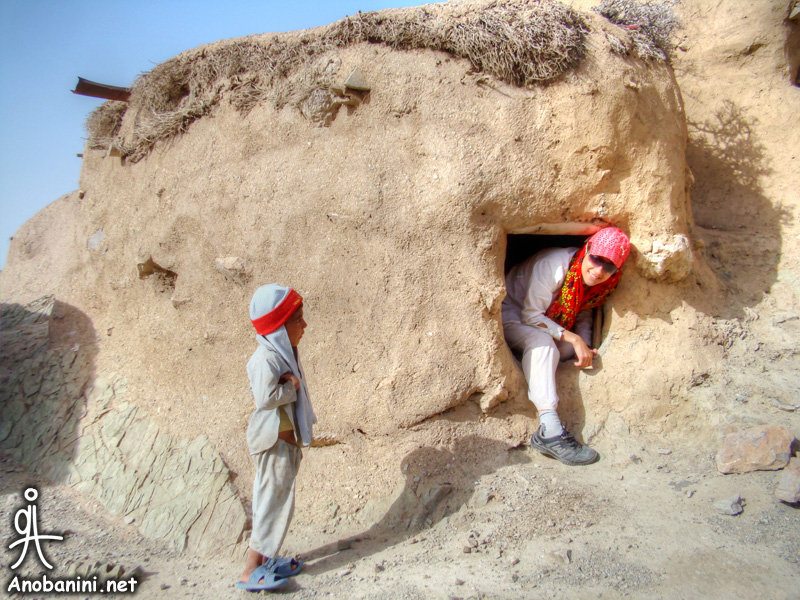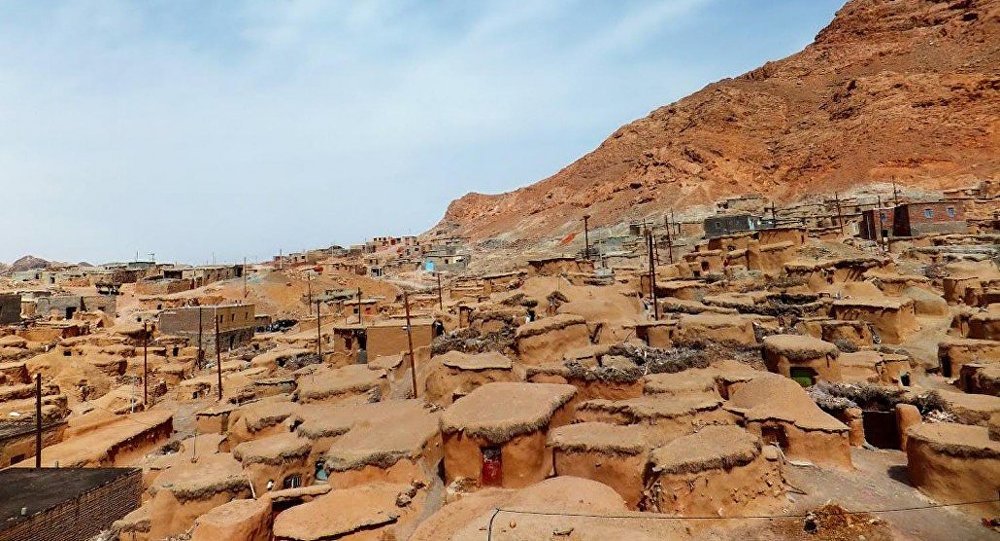Makhunik, Iran’s mysterious village of little people

TEHRAN – In an easternmost region of the Iranian soil, near the border with Afghanistan, is situated Makhunik, a mysterious village commonly known as the country’s ‘Lilliput’.
The village was inhabited by people of very short stature until about a century ago. Currently, it is home to roughly 200 adobe dwellings many of them are of exceptionally low height.
That’s why it is sometimes referred to as nostalgic ‘Lilliput’, an imaginary country inhabited by people about 15 cm tall as being described in Irish author Jonathan Swift’s “Gulliver's Travels”.
Located 143 km away from Birjand, the capital of South Khorasan province, its domestic architecture is dominantly characterized with exceptionally low-height houses with narrow doorways most of which cannot be entered without stooping down.
Makhunik used to suffer from an isolation and barren terrain which made architecture and animal breeding challenging carriers.

A view of adobe dwellings scattered across Makhunik village, eastern Iran
Searching the reason behind, some put the blame on malnutrition and poor diet including potable water laced with mercury, adding the isolation spurred family marriages that ultimately caused defective genes which probably led to dwarfism.
In 2005, Makhunik appeared in the news as a mummified body measuring 25cm in length was unearthed. It widely fostered a belief that this remote region was once home to ancient dwarfs. Subsequent studies, however, concluded that the mummy was actually a premature baby who died some 400 years ago.

A boy stands by a tiny house in Makhunik
Nowadays its residents are of average height as life standards improved in the region from the mid-20th century when construction of roads and growing numbers of vehicles have lessened their isolation.
The unique architecture of the village and its historical background are still an untapped potential for tourism.
AFM/MQ/MG
Leave a Comment